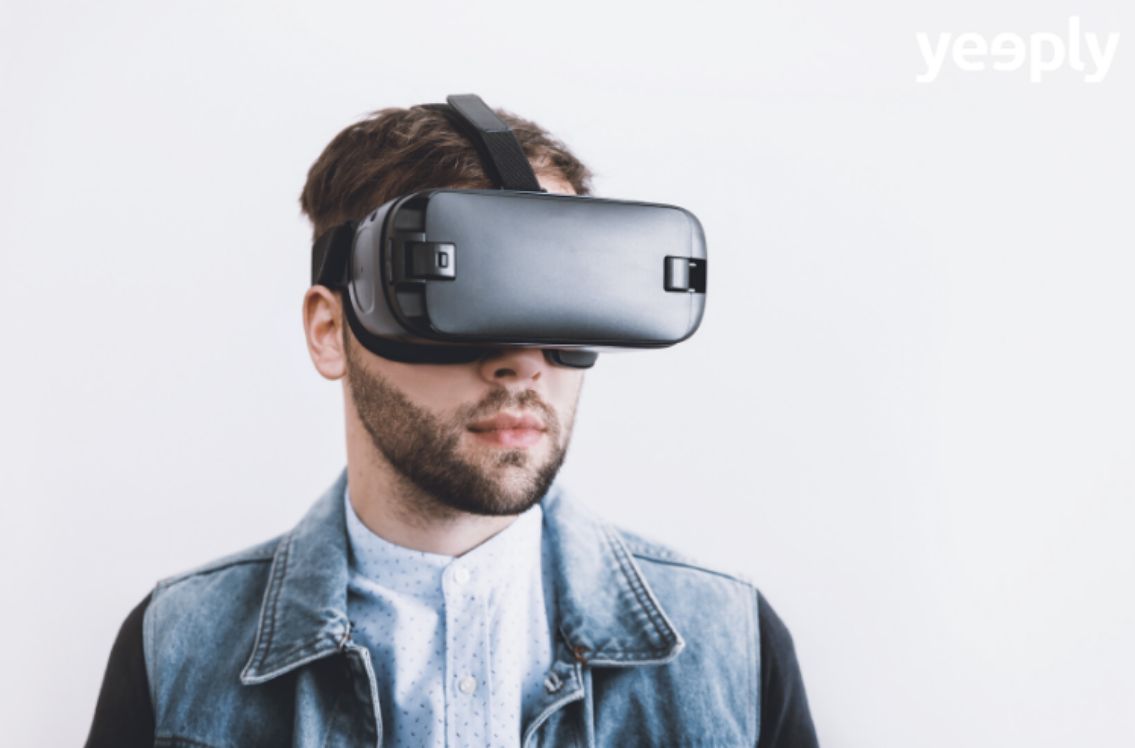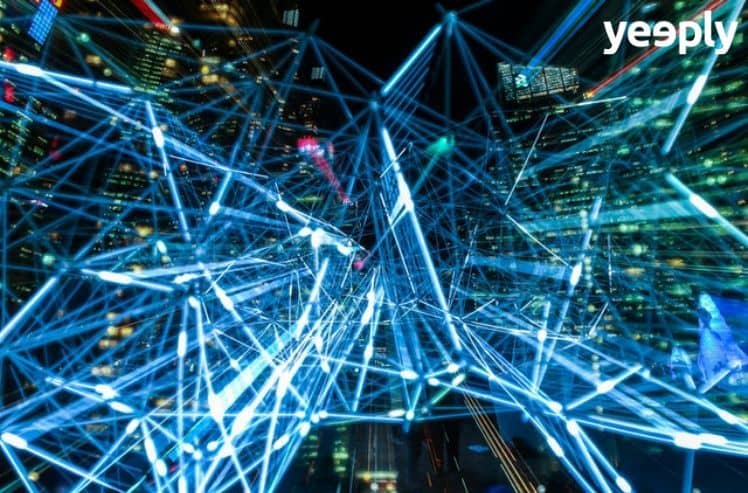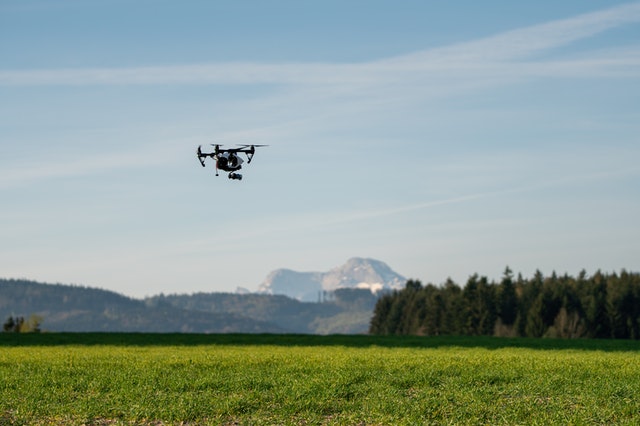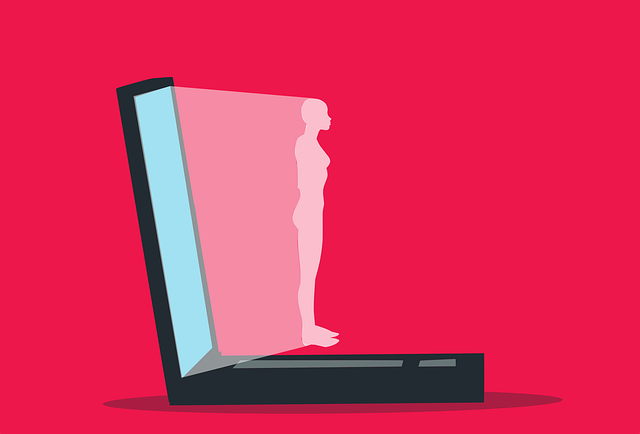There are currently more than 3.5 billion smartphones. These pocket computers allow us to do many things and are our gateway to a giant data network, the “brain” of modern computing.
This centralised model has worked well so far, but with the advent of IoT (Internet of Things), we are starting to realise that we’re using a system that needs to evolve.
Index – The Impact of Edge Computing
What is Edge Computing?
It is a perimeter data analysis system that is midway between the cloud and the device itself, from which a command or signal is sent out to be analysed.
The more local processing a device can do, the less it will have to rely on the cloud and therefore the faster it will be. This IoT problem is one that edge computing aims to solve.
The following video explains how it works ??
The difference between Edge Computing and Cloud Computing
Voice assistants, such as Siri or Alexa, generally need to resolve their requests in the cloud and that round-trip time can be very important.
Latency time, even if it is only a few milliseconds, can be crucial, for example, in the case of autonomous cars where immediate responses are needed and latency can mean the difference between life and death.
In edge computing, instead of delivering data to a central server, it’s the device itself that collects and processes data in real-time—responding faster and more efficiently.
In cloud computing, all data is collected and processed in a centralised location, usually in a data centre. All devices that need to access this data, or use applications associated with it, must first connect to the cloud.
But what it lacks in speed, the cloud compensates for through power and capacity. By relying on a scalable data centre infrastructure, you can expand your storage and processing capacity as needed. This complements edge devices that can only accumulate locally collected data.
Recommended article | The Power of Intelligent Process Automation (IPA)
How Edge Computing impacts IoT
The concept of IoT refers to a digital interconnection of everyday objects with the internet that allows us to interact with them.
IoT is growing at a very fast pace and with it, the amount of data it produces. Handling this huge volume of information is a challenge and edge computing could be part of the solution.
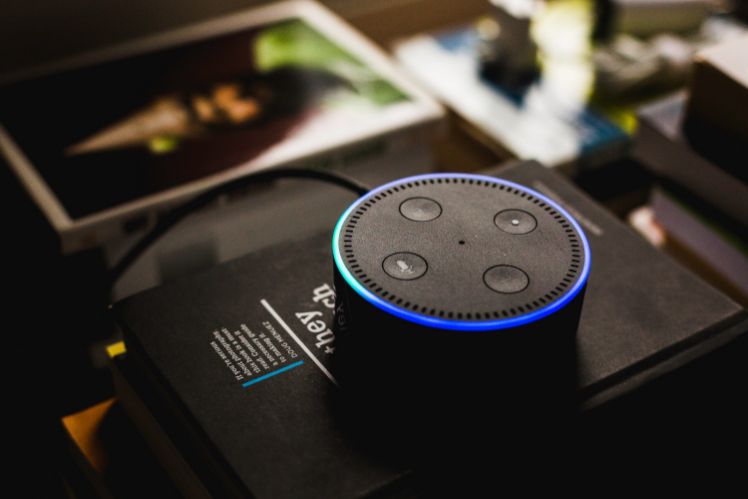
#1 Improve data security
With the internet of things, the number of connected devices increases and so does the exposure to security attacks.
With edge computing, each device would have the capacity to process and store its own information. This data, not being transmitted to central servers, reduces the likelihood of cyberattacks.
Keep reading | Cybersecurity For Startups (A Step-By-Step Guide)
#2 Speed
The bandwidth savings enabled by edge computing would be another major benefit for IoT devices. They could store only the information that is important for their purpose and discard the rest, avoiding sending unnecessary data that slows down the internet.
In addition, if the information is stored and processed in a local database, sending the data to the cloud is no longer necessary for each interaction, reducing response time.
#3 Cost
Savings in bandwidth will not only have an impact on speed and server footprint but also on the logistical investment in maintaining and augmenting computing resources to keep information flowing. Cloud costs will be significantly reduced.
➡️ Keep reading | 7 Ways that Data Culture will Affect Businesses in the Future
#4 Resource use/scalability
Edge computing allows extensions to IoT devices to be made in combination with local centres, depending on their needs. This scalability is less costly and can be applied in a flexible manner.
#5 Improved app performance (mobile edge computing)
Both the improvement in speed and latency enables responses that occur in real-time and automatically respond to stimuli detected by sensors from IoT devices.
Will this be the end of Cloud Computing?
For example, when we do a Google search, that small stream of information goes to the cloud, is processed, and then the information we need comes back to our screen.
IoT devices collect a lot of information that needs to be processed in real-time. There is no time for that data to go back and forth to the central cloud, so some people think the days of cloud computing are coming to an end. However, we do not believe this to be true, as cloud computing complements edge computing in many ways.
Even if most of the immediate processing and decision making is done on the device itself, there will still be demand for a centralised cloud to store the most important information.
At the edge, sensing, inference and action will occur, while the cloud will focus on core learning. Then, that learning, with that up-to-date information, will travel to update each device to keep them operational and always up to date, without us having to do anything.
One of the fundamental aspects of machine learning is that it needs a lot of data to learn. A model that combines edge and cloud has large amounts of data coming into a centralised point that makes devices smarter and smarter.
The future of network infrastructure is unlikely to lie solely at the edge or in the cloud, if not somewhere in between. As enterprises seek to transform themselves and become more effective, they will most likely have to incorporate these two models to find new ways to make the most of their respective strengths and use them to overcome their weaknesses.




